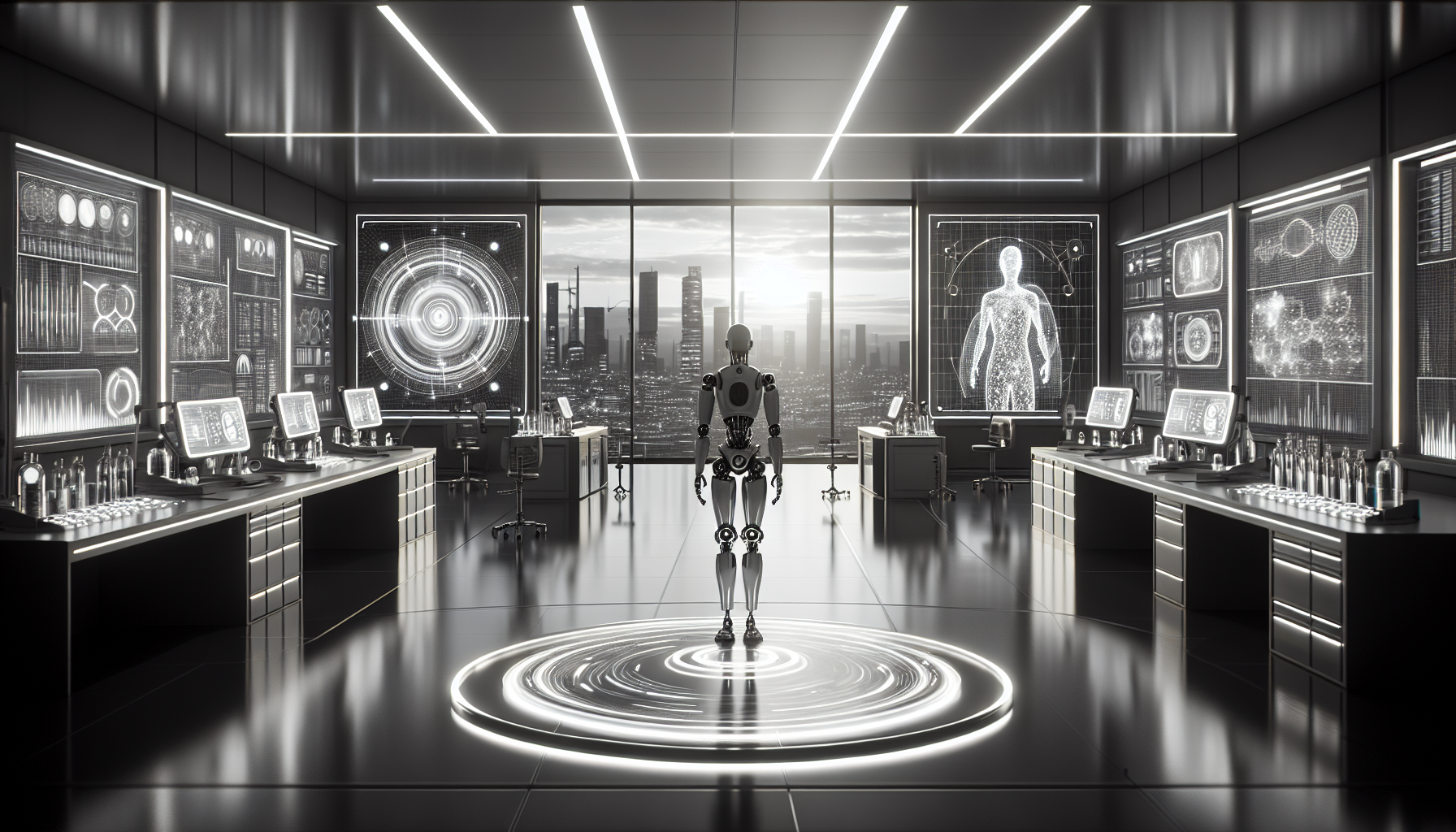A New Era: Robots That Learn Like Us
Imagine a robot that learns to pick up a cup or navigate a cluttered room-not by following rigid instructions, but by simply watching the world through a single camera, much like a human child. MIT's latest breakthrough in AI-powered robot vision, announced in July 2025, promises just that. This isn't science fiction. It's a leap that could redefine how machines interact with our world, and it's happening now.
The Simplicity Behind the Revolution
Traditional robots are often burdened with an array of sensors and pre-programmed routines. They're expensive, complex, and inflexible. MIT's Computer Science and Artificial Intelligence Laboratory (CSAIL) has flipped the script. Their new system uses a single, off-the-shelf camera paired with a deep-learning algorithm. The robot observes its environment, processes visual data, and decides what to do next-all in real time.
This approach mimics how humans learn: by seeing, interpreting, and acting. The AI is trained on vast datasets that simulate real-world scenarios, allowing it to generalize and adapt. In controlled tests, robots equipped with this system achieved a 90% success rate in tasks like object manipulation and obstacle navigation. The hardware is simpler, the costs are lower, and the possibilities are broader.
From Lab to Life: Real-World Impact
The implications are enormous. In logistics, robots could autonomously sort packages or restock shelves, learning new layouts on the fly. In healthcare, they might assist in surgeries or deliver supplies, adapting to the unpredictable nature of hospitals. The system's reduced hardware requirements could cut costs by up to 30%, making advanced robotics accessible to more industries and even small businesses.
Dr. Elena Martinez, the project's lead, calls it a "paradigm shift." She envisions a future where robots are not just tools, but partners-capable of learning, adapting, and working alongside humans in dynamic environments.
The Debate: Promise Meets Caution
Not everyone is ready to embrace this future without reservations. Robotics ethicist Dr. James Lin warns that autonomous learning from raw visual data can be risky. If a robot misinterprets a complex scene, the consequences could be serious-especially in sensitive settings like hospitals or public spaces. The MIT team acknowledges these concerns and is working to develop robust safety protocols and fail-safes.
Testing also revealed that the system's performance drops in low-light conditions, with success rates falling to 70%. This limitation is now a top priority for further research, as real-world environments are rarely perfect.
What's Next: The Road to Autonomy
MIT plans to partner with industry leaders to test the technology in real-world settings by 2026. Early applications will likely focus on automated delivery and industrial automation, where the ability to learn and adapt quickly is a game-changer. As the technology matures, expect to see robots that not only follow orders but also understand and respond to the world around them.
The dream of machines that learn as we do is no longer a distant vision. It's a reality that's unfolding, one camera frame at a time. The next time you look at a robot, consider what it might be learning just by watching you.
